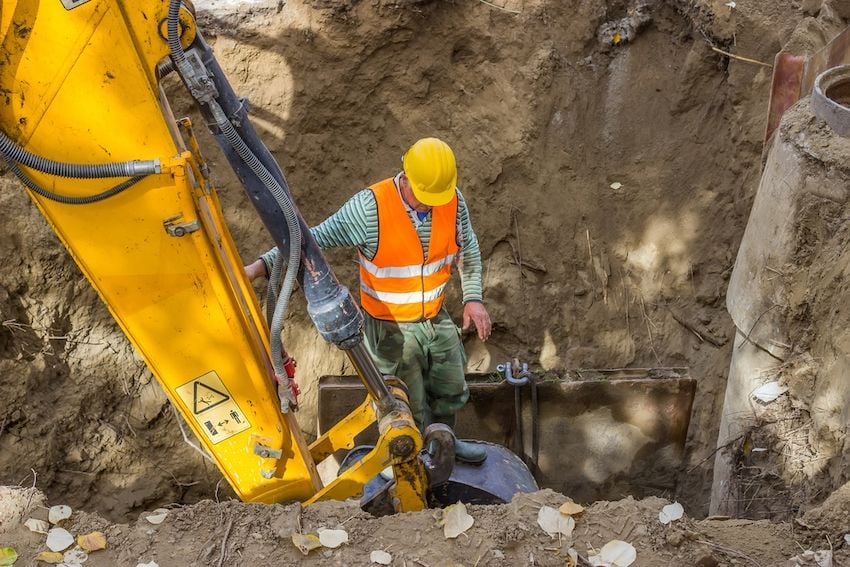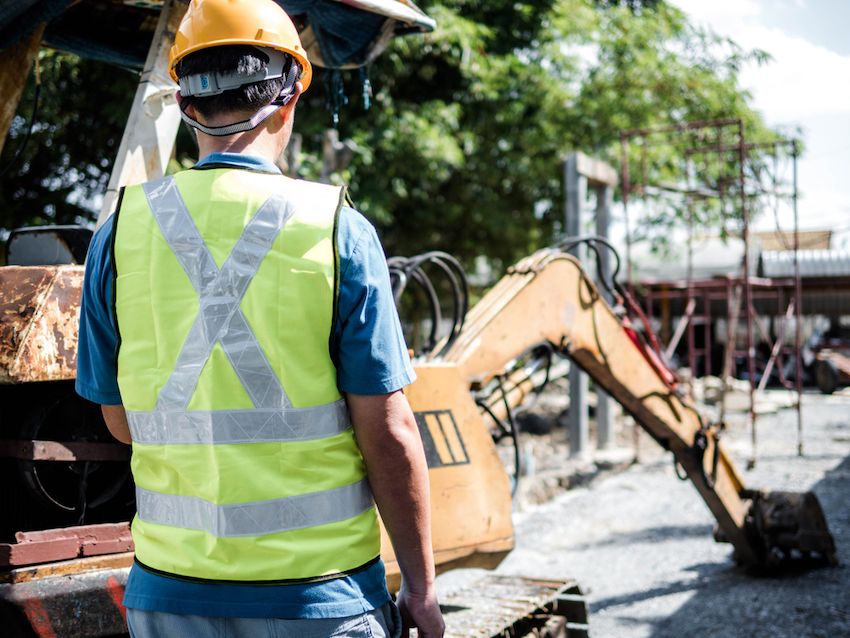Damage prevention leaders are battling a bevy of challenges as they work to protect infrastructure from third-party excavations. With peak dig season right around the corner, Urbint invited two leading damage prevention experts—Eric Jacobs, Asset Protection Manager at Nicor Gas, and Nancy Maynard, Manager of Damage Prevention Strategy & Centralized Operations at NiSource—to discuss how they’re overcoming challenges such as increasing ticket volume and workforce shortages.
We share a few key insights from the conversation, titled “Getting Ahead of the Curve: How Damage Prevention Experts are Preparing for Dig Season,” below.
4 damage prevention tips from experts
1. Discuss what’s coming down the pipeline with partners
Coordination between all damage prevention stakeholders—One Call Centers, facility owners/operators, excavators, and locators—is key to protecting underground infrastructure. While the relationships between these groups can sometimes be contentious, Jacobs and Maynard said working together is essential to be prepared for excavating projects coming down the pipeline.
This means talking with excavators about large upcoming projects—like fiber installations—long before they submit 811 tickets, and then sharing that information with locators. “Excavation tickets are increasing, and we don't expect that to change this year,” Jacobs said. “So, what we've done to get ahead of the curve is partner with our contract locating community, and share that information with them so they’re intelligent about the demand that’s going to be coming.”
“The way I think about damage prevention and how we engage with our partners, is that no one wakes up in the morning and says I'm going to damage an underground facility. We have the same goals,” he added.
Related: 4 Things One Call Centers Want Utilities to Do
2. Help your locating partners nurture talent
The volume of 811 tickets is overwhelming for locators. According to the Common Ground Alliance whitepaper “Insights into Improving the Delivery of Accurate, On-Time Locates,” 33 percent of locate technicians say a heavy workload is one of the biggest challenges to providing accurate, on-time locates, and nearly one in five say the daily workload is unmanageable.
This is a real problem because ticket volume is continuing to grow. In 2022, Urbint projects U.S. 811 ticket volume will increase 4 percent over 2021.
Qualified, well-trained locators are essential to preventing damages to underground assets, and so Jacbos and Maynard both advised damage prevention managers to work in conjunction with their locating partners to find and nurture talent.
Nicor does this by offering the Nicor Gas Career Academy, a free six-week workforce development program, and through various other educational partnerships. “Whether there's a labor shortage or macroeconomic factors, it's a challenge to keep staffing at a minimum. We want to meet that challenge head on and make sure we're doing everything we can to serve the excavating community,” Jacobs said.
3. Use predictive analytics to anticipate damages
Very few third-party excavations result in damage to critical underground infrastructure. The key to effective damage prevention, then, is to pinpoint the excavations that are most likely to result in damage and take proactive steps to prevent damages from happening.
To do this, more utility companies, including NiSource, are using the predictive analytics solution Urbint Lens for Damage Prevention, which uses artificial intelligence and real-world data to anticipate where underground assets are most at risk for third-party damages.
"We've been using [Urbint Lens] since 2016 in Ohio and in all the states for the last couple of years,” Maynard said. “We're trying to predict where damages will happen so our damage prevention specialists can go out there…and prevent that damage from happening by doing a locate audit to make sure the locate was correct or having a one-on-one conversation with the excavator.”
Check out: How Gas Utilities Use Artificial Intelligence Technology for Damage Prevention
4. Don’t waste time on ineffective tactics
Finding the most effective ways to drive down damages takes experimentation. While some experiments prove successful and become core tenets of a damage prevention strategy, others do not and should be stopped once it’s apparent they’re not working.
During the webinar, Jacobs and Maynard both shared examples of damage prevention tactics they’ve stopped. Nicor, for example, dropped a requirement that its locating partners’ employees pass a company-sponsored exam. “As hiring efforts continued to increase, we’ve found that it’s very time consuming, and it wasn’t producing the result we thought we were going to achieve,” Jacobs said. “We trust our contract partners to produce competent employees to locate our facilities.”
NiSource, as another example, stopped sending their damage prevention specialists to perform damage investigations, as this did not fit with their shift from reactive damage prevention to proactive and predictive risk reduction. “We really want our damage prevention specialists focused on risk mitigation, preventing the damage, not doing the after action review,” Maynard said.
For more on what Eric Jacobs and Nancy Maynard said about how they’re setting themselves up to achieve yearly goals, watch the webinar “Getting Ahead of the Curve: How Damage Prevention Experts are Preparing for Dig Season.”

